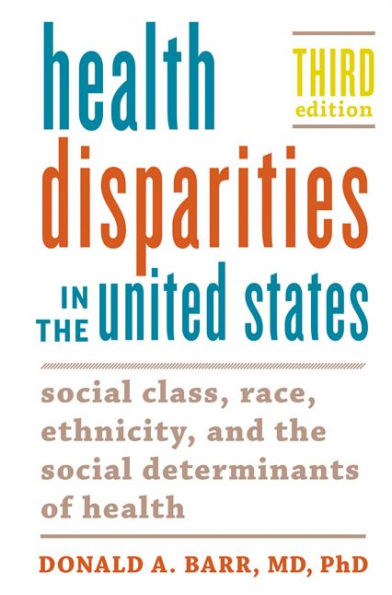5
1
9781421432588



Health Disparities in the United States: Social Class, Race, Ethnicity, and the Social Determinants of Health / Edition 3 available in Paperback, eBook

Health Disparities in the United States: Social Class, Race, Ethnicity, and the Social Determinants of Health / Edition 3
- ISBN-10:
- 1421432587
- ISBN-13:
- 9781421432588
- Pub. Date:
- 08/20/2019
- Publisher:
- Johns Hopkins University Press
- ISBN-10:
- 1421432587
- ISBN-13:
- 9781421432588
- Pub. Date:
- 08/20/2019
- Publisher:
- Johns Hopkins University Press

Health Disparities in the United States: Social Class, Race, Ethnicity, and the Social Determinants of Health / Edition 3
$60.0
Current price is , Original price is $60.0. You
60.0
In Stock

Product Details
| ISBN-13: | 9781421432588 |
|---|---|
| Publisher: | Johns Hopkins University Press |
| Publication date: | 08/20/2019 |
| Edition description: | third edition |
| Pages: | 376 |
| Sales rank: | 300,793 |
| Product dimensions: | 5.90(w) x 8.90(h) x 1.00(d) |
| Age Range: | 18 Years |
About the Author
From the B&N Reads Blog
